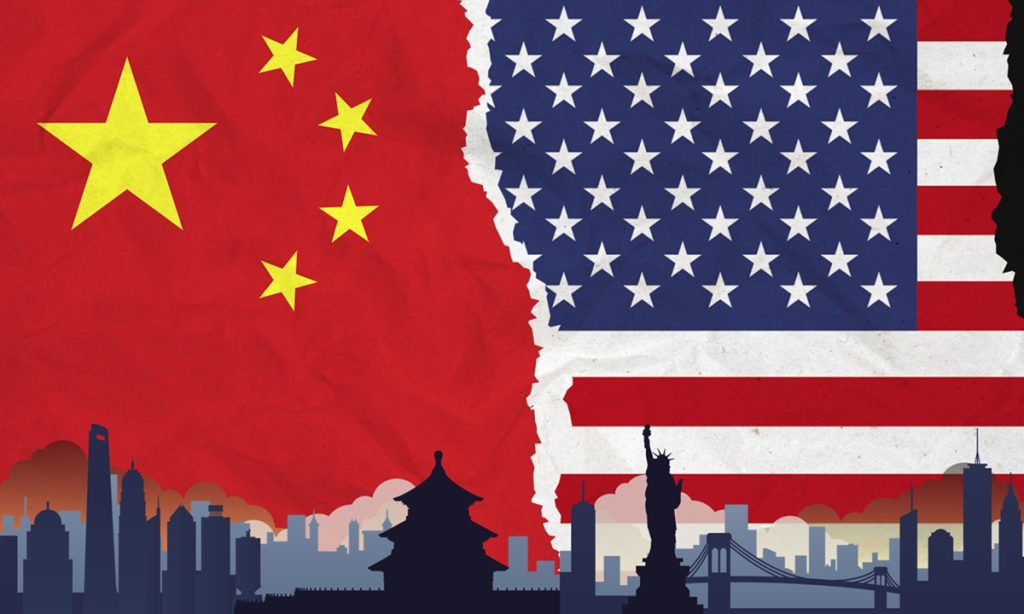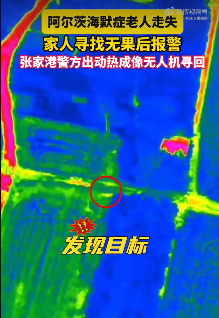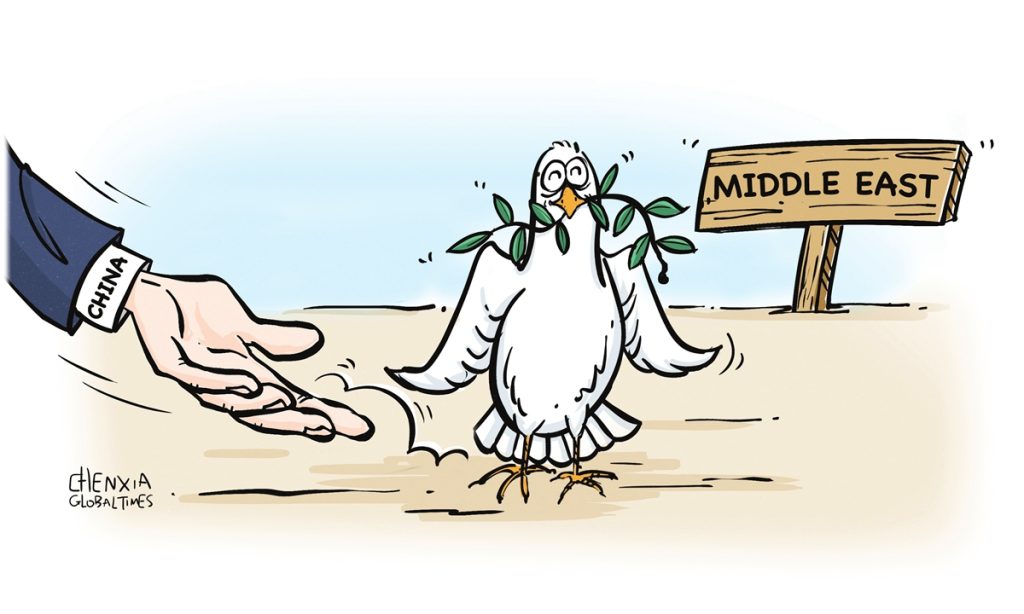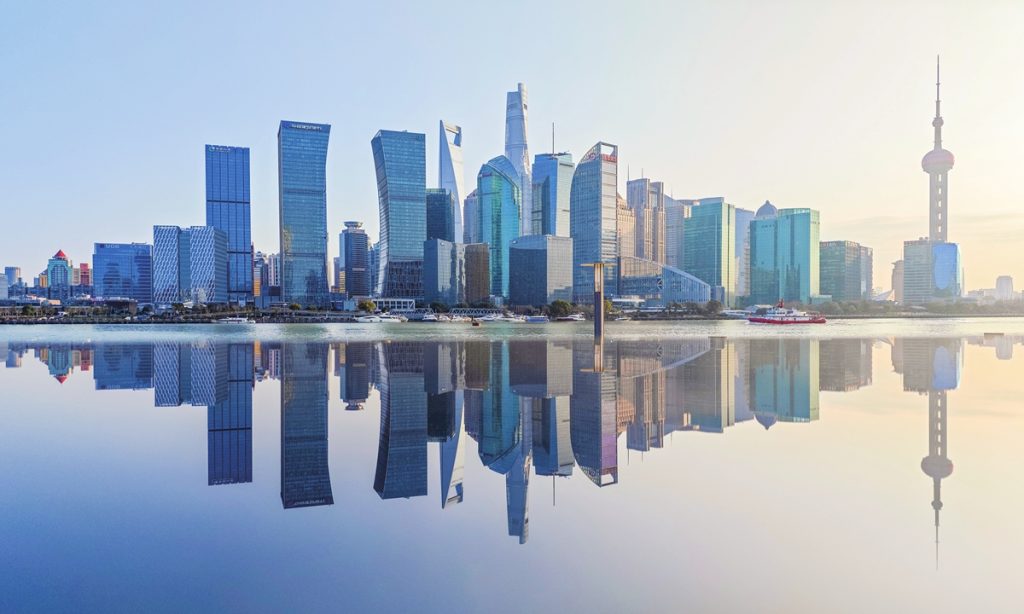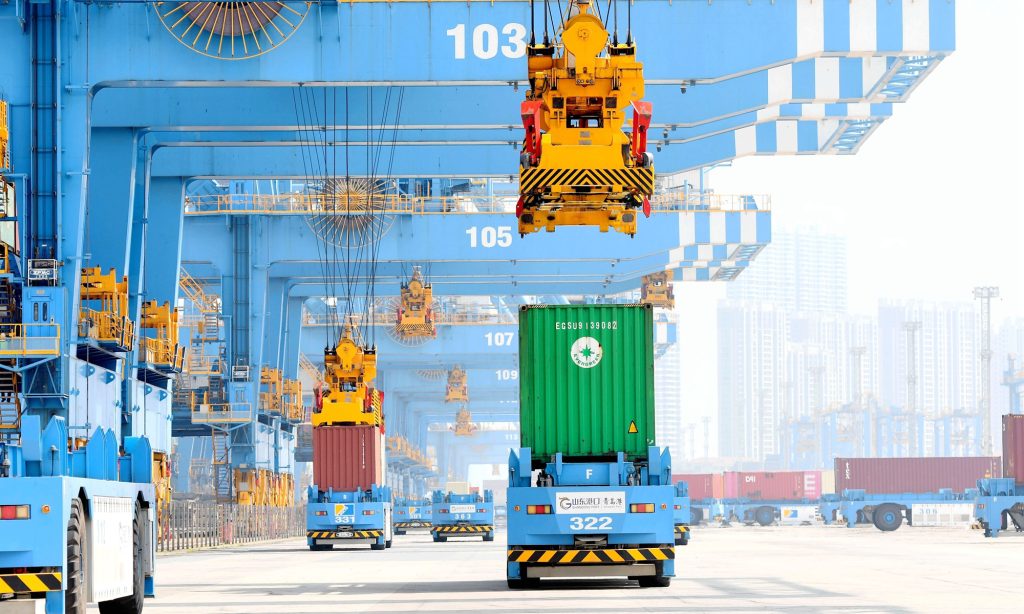Scola optimistic about China's basketball potential, advocates for overseas play
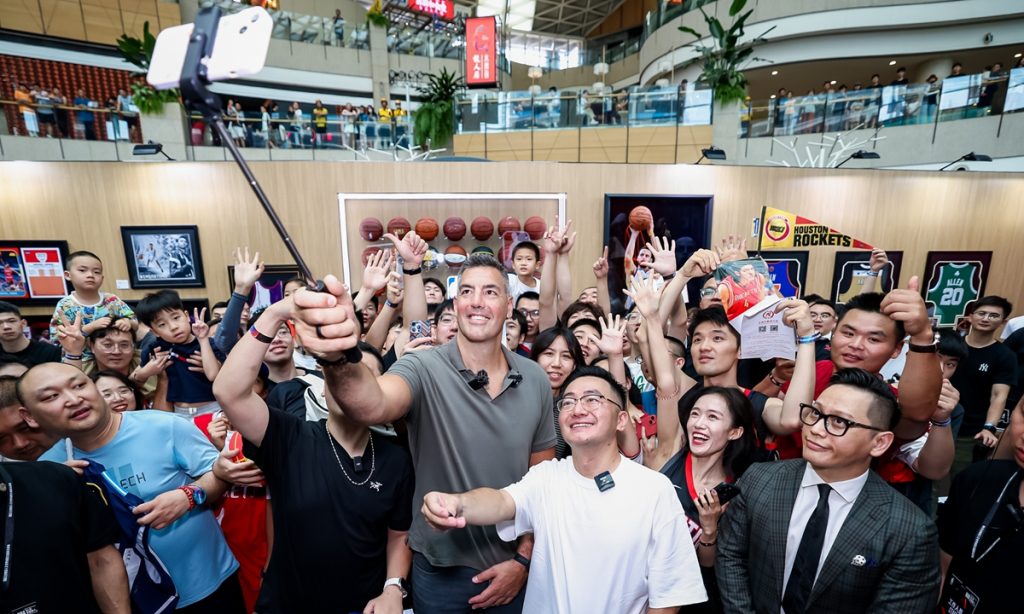
While acknowledging the challenges players face when moving abroad, Argentine basketball star Luis Scola insisted that playing overseas will benefit basketball players more.
"When players leave their country and go to bigger countries, they grow. It helps them improve their game," Scola told reporters on Sunday in Beijing, where an NBA-themed exhibition is in full swing at the Indigo Mall.
"Sometimes, the [domestic] system protects the players... I do believe that good talent, they need to find ways [to go] outside their own countries."
The Argentine is particularly popular in China thanks to his stint with the Houston Rockets in the NBA, when he was teamed up with Chinese basketball icon Yao Ming.
Asked specifically about young Chinese player Cui Yongxi, who is with the Portland Trail Blazers in the NBA Summer League, Scola admitted he was not very familiar with the 21-year-old Chinese player, but reiterated his advice for all talented players to seek opportunities outside China.
"If they're good, they need to find other opportunities in other different countries," he advised.
Scola stressed the importance of being in excellent physical shape and making the most of opportunity.
"Maybe the Summer League is hard, but you just have to play hard and be in good shape. It's an opportunity, and you need to be really good shape," he emphasized.
A youngster-led Chinese national team is also currently playing in the NBA Summer League this month.
When asked about his views on Chinese basketball, Scola, who played for Chinese Basketball Association (CBA) teams the Shanxi Loongs in 2017-18 season and the Shanghai Sharks in 2018-19 season, was optimistic. He said China has a wealth of opportunities and resources that will enable the sport to flourish.
"China has a lot of opportunities to grow. You've got a lot of players, a good league, and a lot of resources. I think Chinese basketball is going to be very good, very soon," he said.
Scola also touched on the policies of the CBA regarding foreign players. He emphasized the importance of an open league system.
"The more open the league can be, that's the best way to bring the best talent. And talent eventually creates more talent," Scola stated. He highlighted the NBA's model, where there are no limits, as a successful example that fosters local player development.
Looking ahead to the Olympics, Scola was enthusiastic. He anticipates a competitive tournament, with the US expected to field the strongest team.
"I think it's going to be a good Olympics. The US is going to be the best team. But there are other strong teams like Spain. It's going to be a good tournament," he predicted.


